
As we waited in line for entrance to the Taj Mahal we were treated to a hot cup of Marsala Chi from a street vendor just across from the entrance.




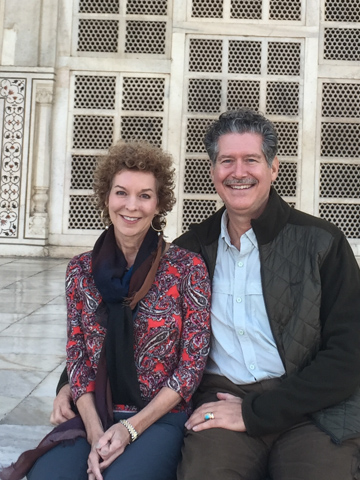
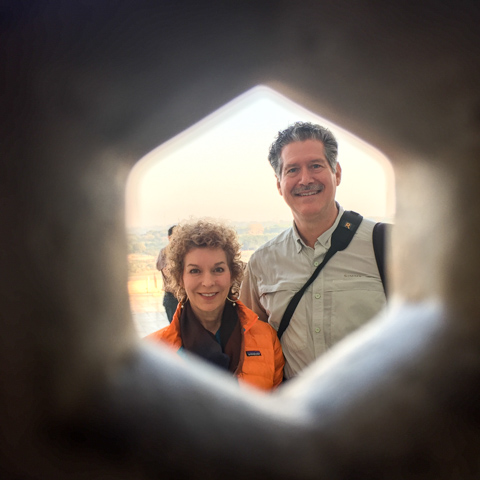

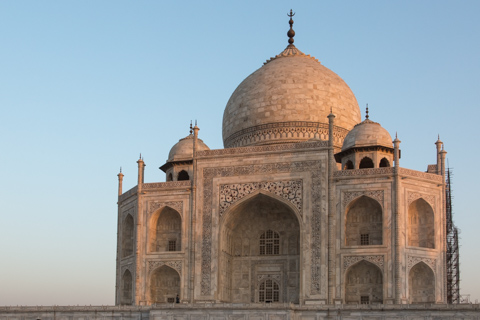

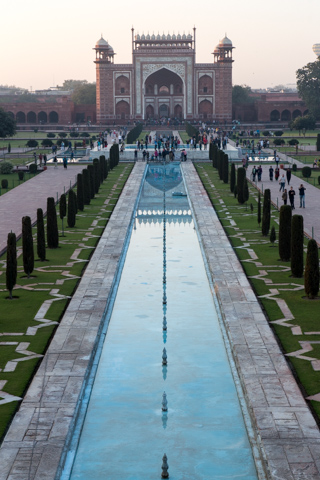


Each minaret is effectively divided into three equal parts by two working balconies that ring the tower. At the top of the tower is a final balcony surmounted by a dome that mirrors the design of those on the tomb. The domes all share the same decorative elements of a lotus design topped by a gilded finial. The minarets were constructed slightly outside the plinth so that, in the event of collapse, a typical occurrence with many tall constructions of the period, the material from the towers would tend to fall away from the tomb.

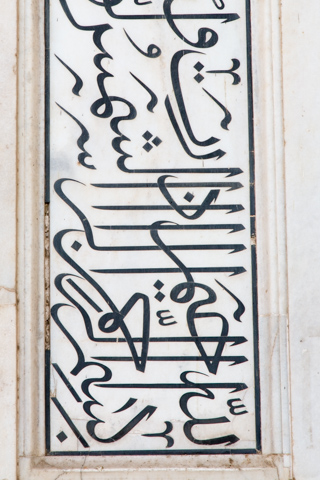
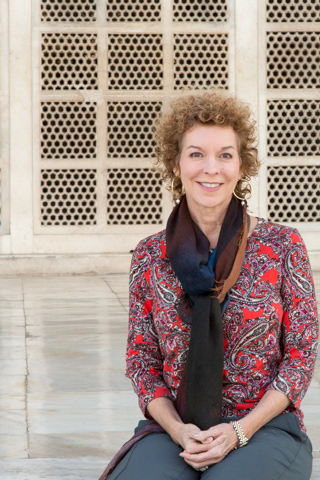






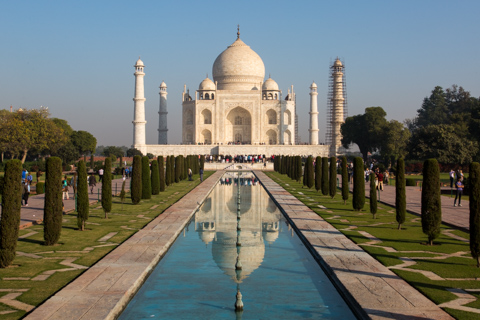
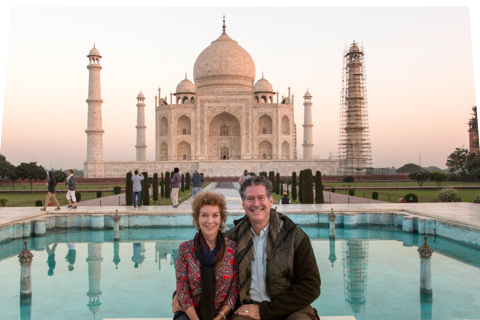

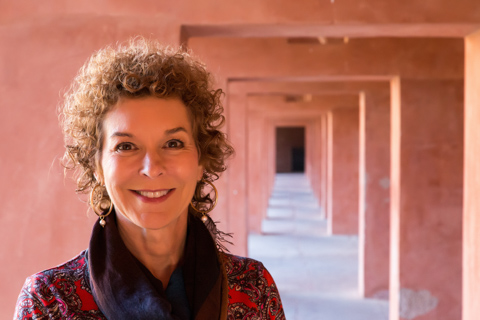
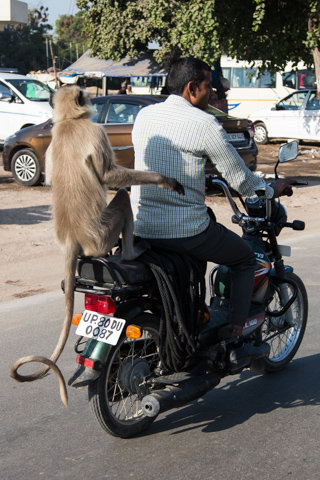

The Mughals built the present-day structure, though a fort had stood there since at least the 11th century. Agra Fort was originally a brick fort known as Badalgarh.


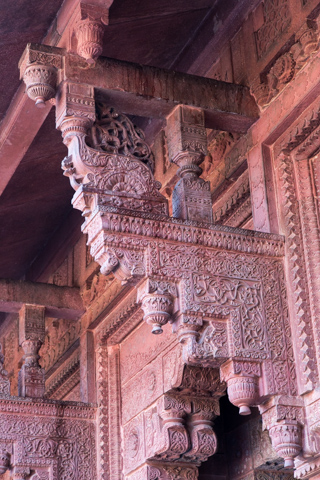


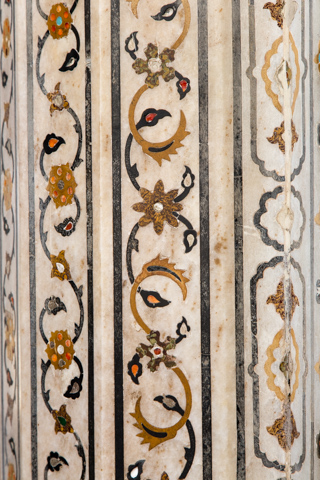
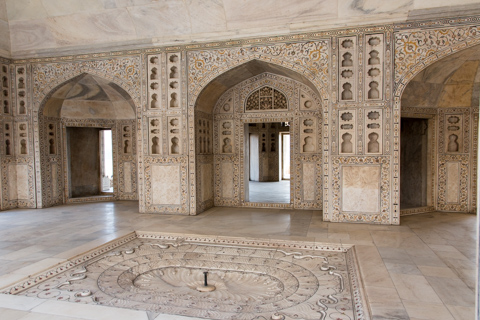
Shah Jahan in his turn chose this site to erect the multi-storied marble tower inlaid with precious stones for Mumtaz Mahal. It was built between 1631-40 and offers exotic views of the famous Taj Mahal.
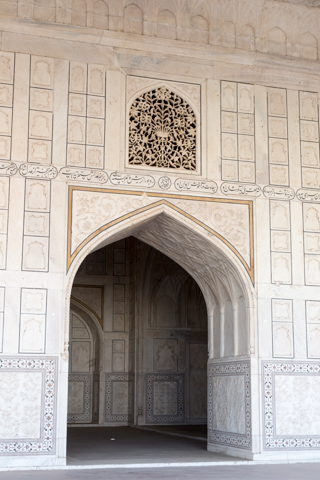
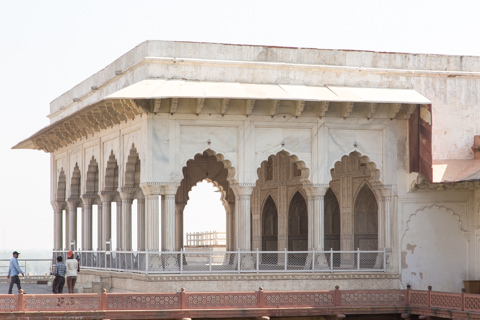
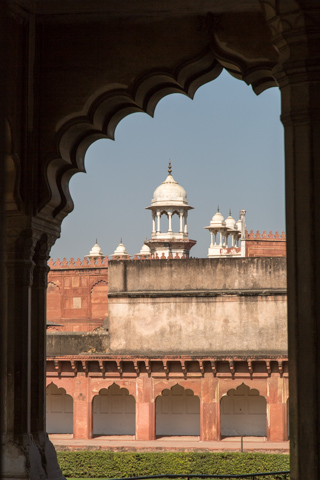
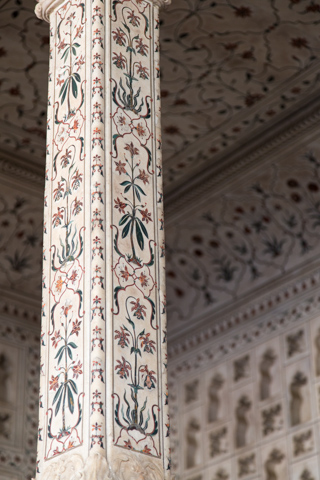


We reached our destination - Fatehpur Sikri. It is a walled city with a fortress/palace/mosque overlooking the town from a hilltop.

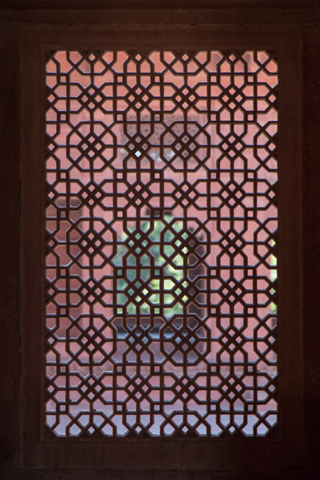
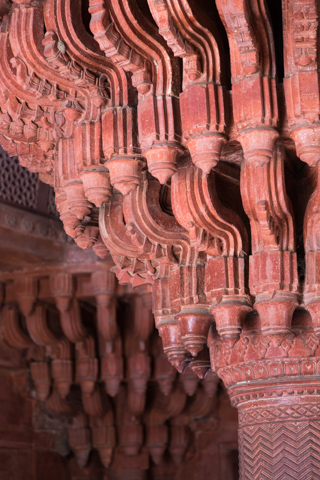



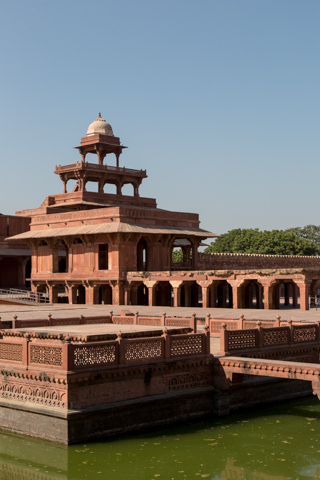


The rectangular mosque comprises a central nave with a single dome, two colonnaded halls on either side, with two square chambers crowned with domes. This is the front gate to the complex.
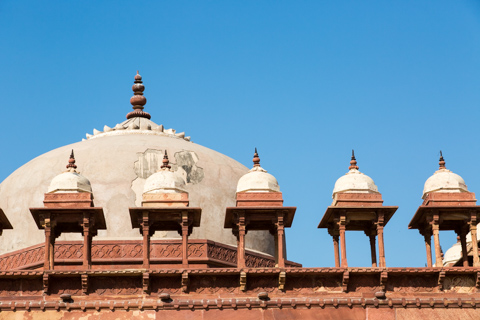



The mausoleum, constructed by Akbar as a mark of his respect for the Sufi saint, who foretold the birth of Akbar's son, who was named Prince Salim after the Sufi Saint and later succeeded Akbar to the throne of the Mughal Empire, as Jahangir.

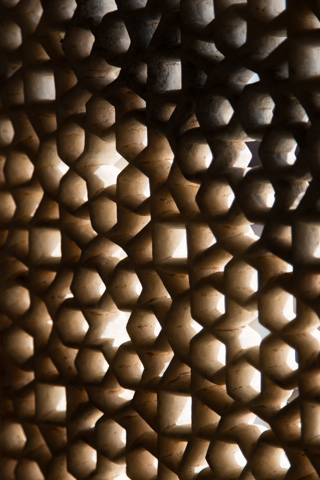
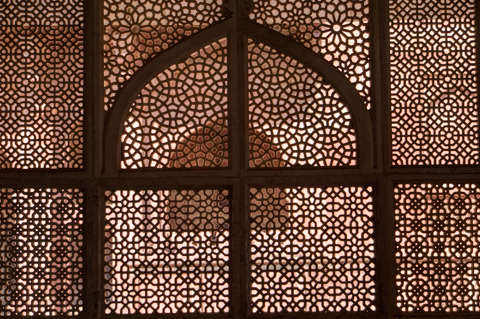

Devotees ask for the blessings of the saint and seek fulfillment of their wishes. It is believed that tying a thread on the marble screens of the main tomb building serves as a constant reminder to the saint of their wishes. This tomb is known for Child Birth Blessing

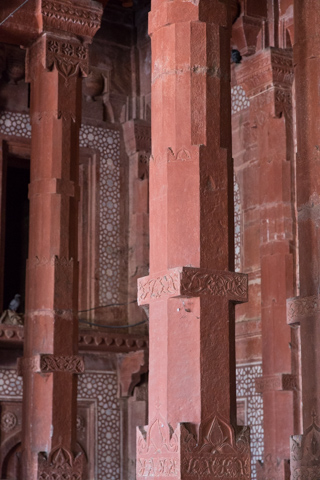

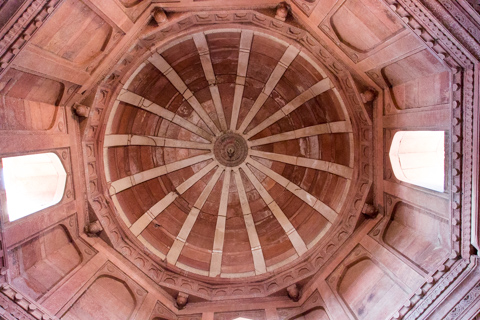


After touring Fatehpur Sikri we rode three hours to Jaipur and arrived in early evening in time for a good meal at our hotel Samode Haveli which is a heritage property (one of the old palace homes) and beautiful.